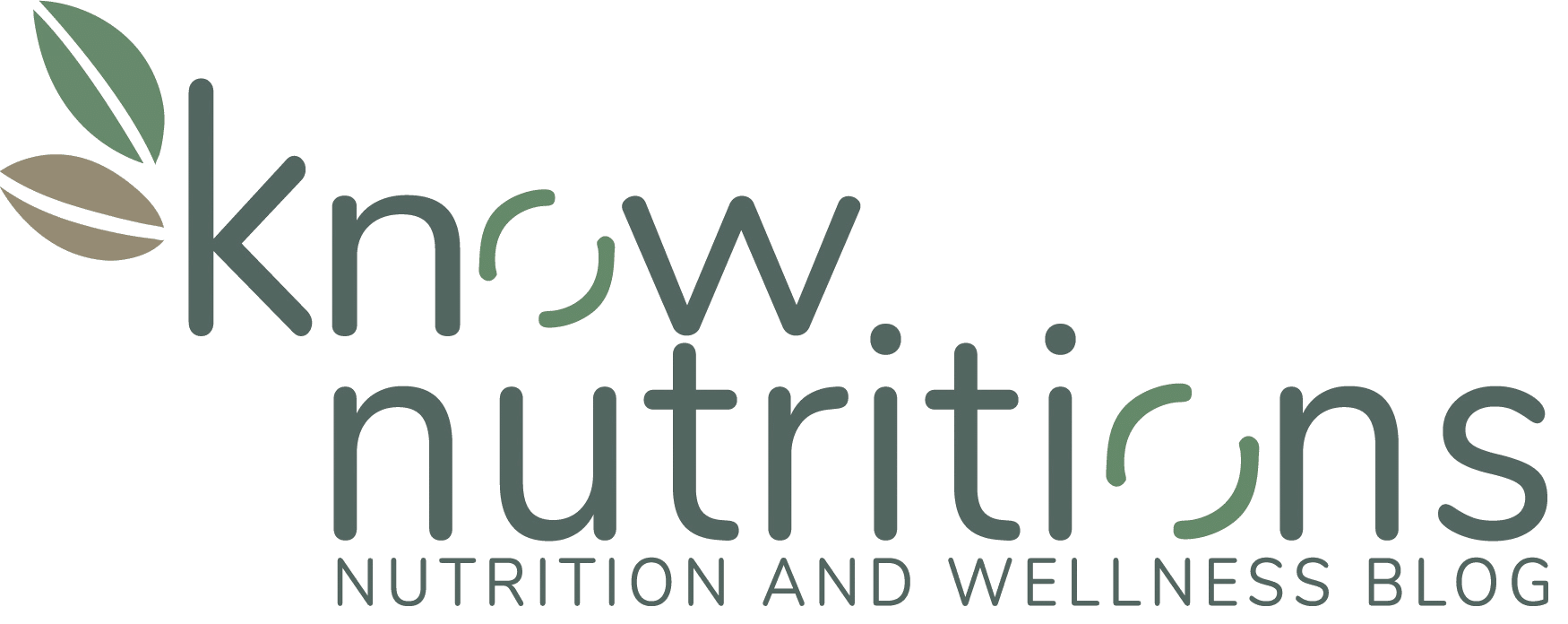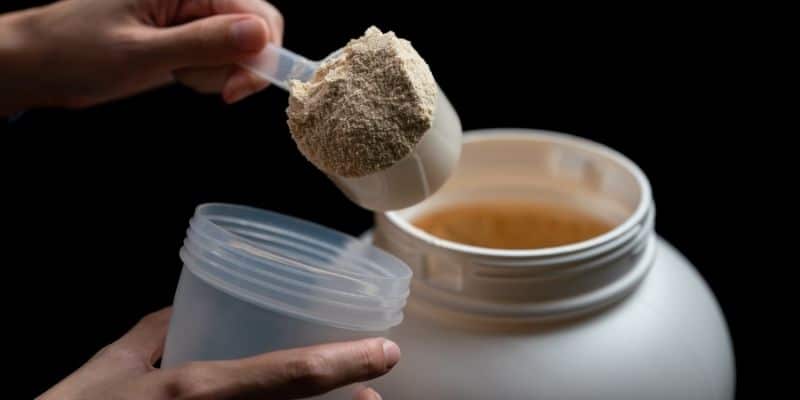The debate over whether real food is superior to protein shakes is significant in muscle-gain diets. Both options offer unique benefits and drawbacks, making it crucial for individuals to understand their choices. This article explores the pros and cons of real food versus protein shakes, incorporating relevant statistics and insights to help you determine which option best aligns with your fitness goals.
Understanding Protein’s Role in Muscle Gain
Protein is essential for muscle growth and repair. It consists of amino acids, which are the building blocks of muscle tissue. Resistance training creates micro-tears in muscles, which are then repaired through a process known as muscle protein synthesis (MPS). Adequate protein intake is vital for this process, providing amino acids to rebuild and strengthen muscle fibers. According to research, individuals engaged in intense strength training may require 1.2 to 2.0 grams of protein per kilogram of body weight daily to optimize muscle growth.
Timing is also crucial in protein intake. Consuming protein shortly after a workout can enhance recovery and promote muscle growth. Protein shakes, which can be consumed quickly and easily after exercise, are often used.
The Rise of Protein Shakes
Protein shakes have gained immense popularity among fitness enthusiasts due to their convenience and effectiveness in promoting muscle gain. These shakes often contain whey, casein, or plant-based proteins that can be easily mixed with water or milk. The appeal lies in their quick preparation and rapid absorption, making them ideal for post-workout recovery.
Research indicates that consuming protein shakes immediately after exercise can enhance MPS and aid recovery. A study found that individuals who consumed protein within 30 minutes post-workout experienced more significant increases in muscle mass than those who delayed their intake. This rapid absorption is particularly beneficial for athletes who require immediate replenishment of nutrients after intense training sessions.
The Benefits of Real Food
Transitioning from protein shakes to real food highlights several advantages:
Nutrient Diversity
Real food provides a broader range of nutrients beyond just protein. Foods like chicken, fish, eggs, legumes, and dairy are rich in vitamins and minerals that support overall health. For instance, chicken is not only a great source of protein but also contains B vitamins essential for energy metabolism and selenium, which supports immune function.
Additionally, whole foods often contain phytonutrients—compounds found in plants with antioxidant properties—contributing to their health benefits. Unlike protein shakes, which may be fortified with specific vitamins or minerals, real foods offer a more holistic nutritional profile.
Enhanced Satiety
Whole foods typically contain fiber and healthy fats that promote feelings of fullness. This can be particularly beneficial for those looking to manage their weight while building muscle. Studies show that high-protein meals lead to greater satiety than liquid sources; a study published in Obesity found that participants who consumed solid meals reported feeling fuller than those who consumed equivalent calories in liquid form.
Whole foods can increase satiety and help prevent overeating later in the day. They can also support weight management goals while providing essential nutrients for muscle growth.
Improved Digestive Health
Due to their natural composition, real foods often support better digestive health. Fiber-rich foods contribute to a healthy gut microbiome, which is critical to overall wellness. A diverse gut microbiome has been linked to improved digestion, enhanced immune function, and even better mental health.
In contrast, some protein powders, due to added sugars or artificial ingredients, may cause digestive discomfort for specific individuals. For example, whey protein can cause bloating or gas in lactose-intolerant people. Choosing whole food sources minimizes these risks while promoting digestive health.
Sustainability
Incorporating real food into your diet encourages sustainable eating habits that can be maintained long-term. Whole foods foster a balanced diet that supports overall health rather than relying solely on supplements.
Furthermore, prioritizing whole foods enables individuals to enhance their cooking abilities and relish various meals, transforming eating into a pleasurable experience rather than a mere task. Sustainable eating patterns contribute to personal health, support local agriculture, and reduce reliance on processed foods.
Cost-Effectiveness
While protein shakes can be convenient, they may also be more expensive than whole-food protein sources. Individuals can often save money by prioritizing real food while still meeting their nutritional needs. For example, purchasing bulk chicken or legumes can provide significant savings compared to regularly buying pre-packaged protein powders.
Additionally, many whole food sources are versatile ingredients that can be used across multiple meals throughout the week, maximizing value while minimizing waste.
The Benefits of Protein Shakes
Despite the advantages of real food, protein shakes also offer compelling benefits:
Convenience
Protein shakes are incredibly convenient for those with busy lifestyles or needing a quick meal replacement or post-workout recovery option. They require minimal preparation time—simply mix with water or milk—and can be consumed on the go. This convenience makes it easier for individuals to meet their protein needs without planning elaborate meals around their workout schedule. For instance, athletes traveling for competitions often rely on protein shakes as an efficient way to ensure they have adequate nutrition available at all times.
Rapid Absorption
Liquid protein sources are absorbed more quickly by the body than solid foods. This rapid absorption is particularly beneficial immediately after workouts when muscles are primed for nutrient uptake. A study found that consuming whey protein immediately after exercise resulted in significantly higher amino acid levels in the bloodstream than solid food sources consumed later. This immediate availability can enhance recovery and promote muscle growth more effectively during critical post-workout windows.
High Protein Content
Protein powders provide a concentrated source of protein, making it easier for individuals to meet their daily intake goals. For example, a typical serving of whey protein powder contains around 20-30 grams of protein—often equivalent to multiple servings of chicken or fish. This high concentration allows individuals engaged in intense training regimens or those with higher protein requirements due to specific fitness goals (like bodybuilding) to easily supplement their diets without excessive calorie intake from other macronutrients.
Variety
Numerous protein powders, such as whey, casein, soy, pea, and rice, are available. Individuals can choose based on dietary preferences or restrictions. For instance, vegans may opt for plant-based proteins like pea or hemp powder, while those seeking quick-digesting options might prefer whey isolate. This variety allows individuals to tailor their supplementation according to personal taste preferences and dietary needs while ensuring adequate amounts of high-quality protein for muscle growth.
Enhanced Recovery
Research suggests protein shakes can improve recovery by reducing muscle soreness and promoting faster healing. A study demonstrated that athletes who consumed whey protein after resistance training experienced less delayed-onset muscle soreness (DOMS) than those who did not consume any post-workout nutrition. This benefit is significant for athletes or individuals engaged in intense training who need quick recovery between workouts.
Comparative Analysis: Real Food vs. Protein Shakes
To better understand the differences between real food and protein shakes, the following table summarizes key features:
| Feature | Real Food | Protein Shakes |
| Nutrient Profile | Rich in vitamins and minerals | Primarily focused on protein |
| Satiety | High (due to fiber and fats) | Lower |
| Digestive Health | Generally better | This may cause issues for some |
| Convenience | Requires preparation | Quick and easy |
| Absorption Rate | Slower | Faster |
| Cost | Generally more cost-effective | Can be expensive |
Who Should Consider Each Option?
Understanding who might benefit from each option can help tailor dietary choices:
Athletes and Bodybuilders
Athletes engaged in heavy training may find value in both sources. Real food provides comprehensive nutrition, while shakes offer convenience and rapid recovery. Many elite athletes incorporate both strategies into their diets, consuming whole foods during regular meals while relying on shakes immediately post-workout when the timing is critical for nutrient uptake.
This dual approach ensures adequate daily nutrition while optimizing recovery after intense training sessions. Numerous sports nutrition guidelines support this strategy, emphasizing quality food choices and effective supplementation practices.
Casual Gym-Goers
Individuals who exercise moderately might meet their protein needs through whole foods alone without relying on supplements. For these individuals, focusing on nutrient-dense meals containing lean proteins (like chicken breast or fish alongside complex carbohydrates (like quinoa or sweet potatoes) may suffice without needing additional supplementation from powders.
This approach promotes balanced nutrition while encouraging healthy eating habits beyond meeting macronutrient targets. It fosters long-term lifestyle changes that improve overall health outcomes over time rather than short-term fixes provided by powdered supplements alone.
Dietary Restrictions
Vegetarians and vegans may need to incorporate protein powders to ensure adequate intake of essential amino acids if whole food sources are insufficient. While plant-based diets can provide sufficient nutrients when well-planned, with legumes offering high levels, some individuals may find it challenging to meet higher daily requirements solely through whole foods—especially if they regularly engage in strength training activities, which require additional support from supplemental sources like plant-based proteins derived from peas or rice blends specifically targeting athletic populations seeking optimal performance outcomes through dietary strategies tailored towards muscle gain goals over time!
Final Takeaway
Both real food and protein shakes have their place in a muscle-gain diet. While real food provides comprehensive nutrients essential for overall health, protein shakes offer convenience and rapid absorption, ideal for post-workout recovery. The best approach often combines both, prioritizing whole foods while using supplements as needed based on lifestyle demands and fitness goals. Understanding your unique needs and preferences allows you to create a balanced diet that effectively supports your journey toward muscle gain!
FAQs
Are protein shakes necessary for muscle gain?
Protein shakes are not strictly necessary for muscle gain; many individuals can achieve their goals through whole foods alone by ensuring they consume adequate amounts each day based on their activity levels during regular workouts over time! However, protein shakes can be a convenient supplement for those struggling to meet daily requirements due to a lack of local quality options, often caused by busy lifestyles that hinder effective meal planning and execution!
Can I mix creatine with milk?
Yes! Mixing creatine with milk is safe and may even enhance its absorption. The presence of carbohydrates and proteins in milk promotes an insulin response that aids muscle uptake, ensuring optimal results during regular workouts! Make sure you’re consuming appropriate amounts based on your personal fitness goals before engaging in activities that require tailored supplementation strategies!
What are the side effects of taking protein powder?
Common side effects include digestive issues such as bloating and gas, especially if consumed in excess or if an individual is lactose intolerant and uses whey-based products! Other potential concerns may arise from artificial additives present in certain brands, which can lead to adverse reactions among sensitive populations. Therefore, careful consideration should be given when selecting commercially available options today!
Who should avoid whey protein?
Individuals with lactose intolerance or dairy allergies should avoid whey proteins, as they may cause adverse reactions upon consumption! Additionally, those experiencing kidney issues should consult a healthcare professional before significantly increasing their overall intake beyond the recommended levels established based on their individual health circumstances before engaging in activities requiring dietary adjustments!
Is chicken better than a protein shake?
Chicken offers more than just high-quality protein; it provides essential nutrients like B vitamins and iron that support overall health! While both options have merits, the holistic nutritional profile found in whole foods like chicken is generally more beneficial when considering the long-term impacts associated with the nutrient diversity needed to sustain a healthy lifestyle effectively time!










